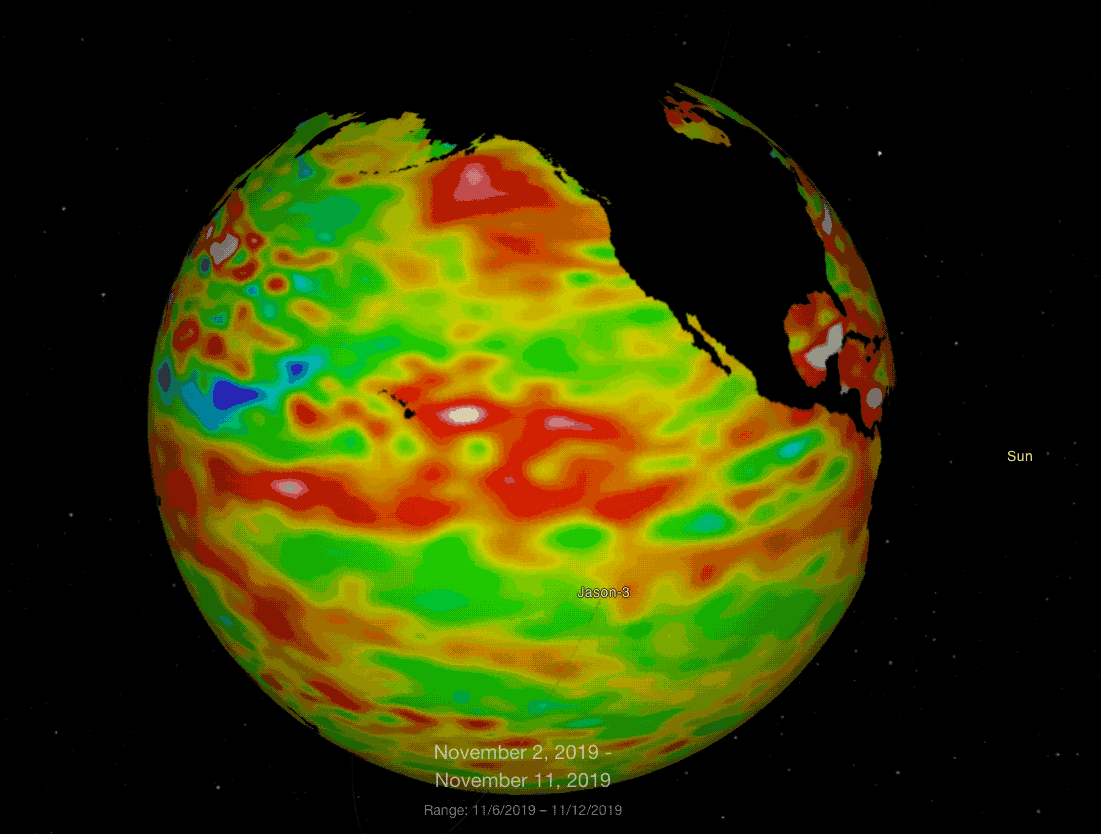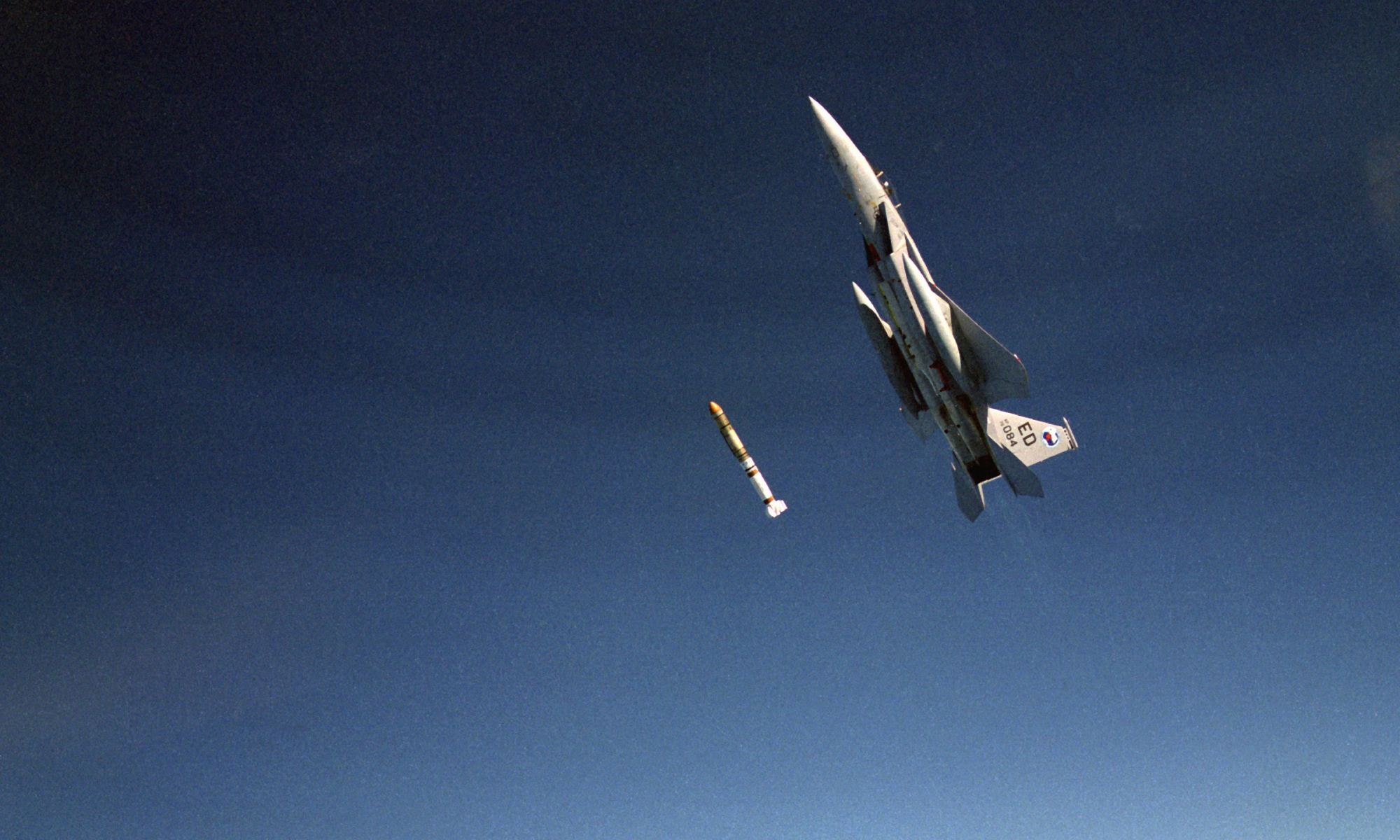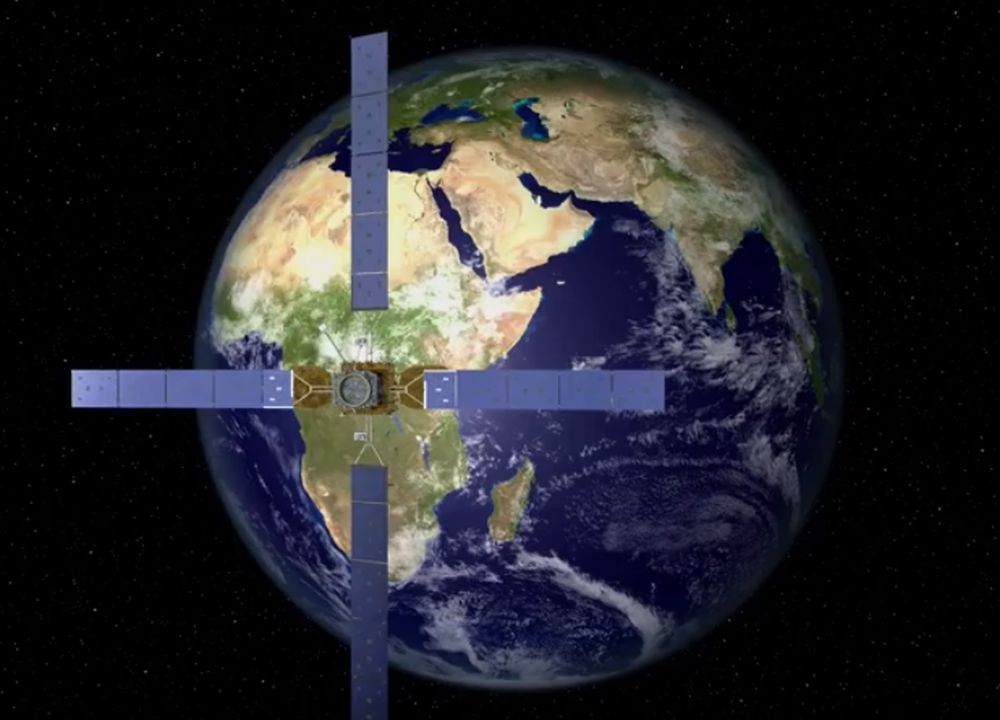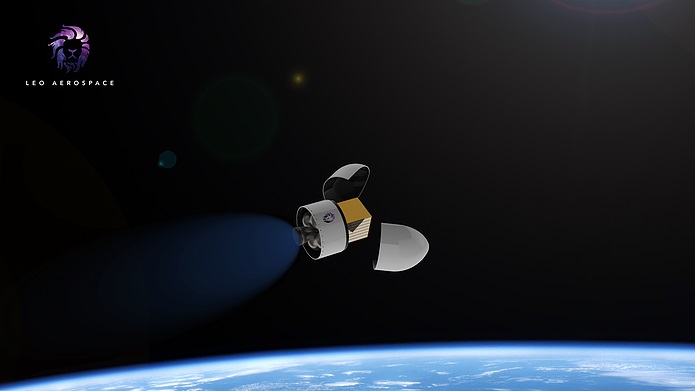The United States Space Force has given us a look at their new uniforms, and critics are savaging them on Twitter and elsewhere. That’s because the new uniforms are camouflage.
Continue reading “Space Force Uniforms are Perfectly Camouflaged for a Forest Moon”Scientists Figure Out How to Continuously Watch the Entire Planet With Just 4 Satellites
For decades, scientists have been trying to figure out the minimum number of satellites that would be able to see every point on Earth. This question is motivated in part by the growing problem of space debris, but also by considerations of cost and efficiency. By the mid-1980s, researcher John E. Draim proposed a solution to this problem in a series of studies, claiming that a four-satellite constellation was all that was needed.
Unfortunately, his solution simply wasn’t practical at the time since a tremendous amount of propellant would be needed to keep the satellites in orbit. But thanks to a recent collaborative study, a team of researchers has found the right combination of factors to make a four-satellite constellation possible. Their findings could drive advances in telecommunication, navigation, and remote sensing while also reducing costs.
Continue reading “Scientists Figure Out How to Continuously Watch the Entire Planet With Just 4 Satellites”North and South America, At Night
Along with all of their space-exploration, planet-hunting, and astronomy-based endeavours, NASA also keeps a very keen eye on Earth. In fact, they have 18 satellites whose job it is to look only at Earth. And those 18 advanced satellites are helping us understand Earth in unprecedented scientific detail.
And they take pretty pictures, too.
Continue reading “North and South America, At Night”Using Balloons to Launch Rockets
Since the turn of the century, space exploration has changed dramatically thanks to the unprecedented rise of commercial aerospace (aka. NewSpace). With the goal of leveraging new technologies and lowering the costs of launching payloads into space, some truly innovative and novel ideas are being put forth. This includes the idea of using balloons to carry rockets to very high-altitudes, then firing the payloads to their desired orbits.
Also known as “Rockoons”, this concept has informed Leo Aerospace‘s fully-autonomous and fully-reusable launch system – which consists of a high-altitude aerostat (balloon) and a rocket launch platform. With the first commercial launches slated for next year, the company plans to use this system to provide regular launch services to the microsatellite (aka. CubeSat) market in the coming years.
Continue reading “Using Balloons to Launch Rockets”New Satellites Will Tell Us Exactly how Quickly the Oceans are Rising

One of the clearest signs of global warming, unless you live next to a glacier, are rising oceans. Now a joint mission involving the US and European countries is launching a pair of satellites to monitor the rising sea levels. The two satellites will monitor the oceans until 2030.
Continue reading “New Satellites Will Tell Us Exactly how Quickly the Oceans are Rising”SpaceX Launches Another 60 Starlink Satellites
In May of 2019, Elon Musk began delivering on his promise to create a constellation of satellites (named Starlink) that would offer broadband internet access. It all started with the launch of the first sixty Starlink satellites and was followed by Musk sending the inaugural tweet using the service this past October. Earlier today, another batch of Starlink satellites was sent into space as part of a live-streamed launch event.
The mission, known as Starlink-1, saw the launch of another 60 satellites from Space Launch Complex 40 at Cape Canaveral Air Force Station, Florida, atop a Falcon 9 rocket. Unlike previous launches, this mission involved the latest version of Starlink (Starlink 1.0), which feature a number of upgrades and refinements over the previous version (Starlink 0.9) and made this mission the heaviest Starlink launch to date.
Continue reading “SpaceX Launches Another 60 Starlink Satellites”Elon Musk Tweets with Starlink. Services Could be Available Next Year.
In January of 2015, Elon Musk shared his vision of creating a constellation of satellites in Low Earth Orbit (LEO) that would provide broadband internet access to the entire planet. Back in May, SpaceX launched the first batch of 60 Starlink satellites to orbit, with plans to send an additional 1,584 to space by 2024 and 2,200 more by 2027.
Naturally, consumers have been wondering when they will be able to avail themselves of this new internet service. As SpaceX Chief Operations Officer Gwynne Shotwell announced on October 22nd, the company should be able to offer broadband access within the US by mid-2020. This came a day after Musk sent the inaugural tweet using Starlink services.
Continue reading “Elon Musk Tweets with Starlink. Services Could be Available Next Year.”Now that Many Countries Have the Ability to Destroy Satellites, the US is Figuring Out Ways to Make Them More Armored

As long as human beings have been sending satellites into space, they have been contemplating ways to destroy them. In recent years, the technology behind anti-satellite (ASAT) weapons has progressed considerably. What’s more, the ability to launch and destroy them extends beyond the two traditional superpowers (the US and Russia) to include newcomers like India, China, and others.
For this reason, Sandia National Laboratories – a federal research center headquartered in New Mexico – has launched a seven-year campaign to develop autonomous satellite protection systems. Known as the Science and Technology Advancing Resilience for Contested Space (
SpaceX Files a Request to Launch Another 30,000 Satellites for Starlink, on Top of the 12,000 They’re Already Planning to Launch

SpaceX is really kicking things into high-gear with its Starlink network. The creation of this satellite constellation is central to Elon Musk’s vision of providing high-bandwidth internet access to a global market. Deployment began in earnest back in May with the launch of the first sixty Starlink satellites, with plans to launch an additional 1,584 by 2024 and 2,200 by 2027.
Until now, SpaceX’s long-term goal was to create a constellation of 12,000 satellites at altitudes ranging from 328 km to 580 km (200 to 360 mi) – based on what the FCC has approved so far. But according to recent filings with the International Telecommunication Union (ITU), SpaceX intends to send an additional 30,000 Starlink satellites to Low Earth Orbit (LEO) in the coming years.
Continue reading “SpaceX Files a Request to Launch Another 30,000 Satellites for Starlink, on Top of the 12,000 They’re Already Planning to Launch”A Satellite Just Launched Whose Job is to Extend the Life of Geosynchronous Satellites

Space Logistics LLC, a subsidiary of Northrop Grumman, has launched a satellite that can extend the life of other satellites. The satellite is called MEV-1, or Mission Extension Vehicle-1. MEV-1 is the first of its kind.
Continue reading “A Satellite Just Launched Whose Job is to Extend the Life of Geosynchronous Satellites”





